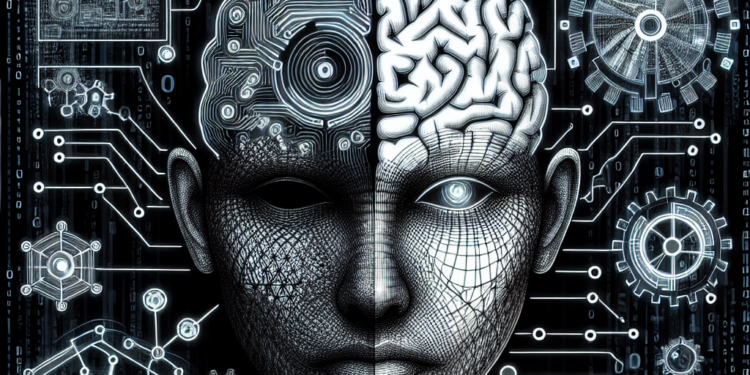Unmasking Cyber Threats: The Rise of AI-Driven Detection Technologies
In today’s digital world, businesses and individuals face an unprecedented rise in cyber threats. According to cybersecurity reports, the average cost of a data breach reached $4.35 million in 2022, a figure that has only escalated as cybercriminals grow bolder and more sophisticated. Traditional methods of cybersecurity are becoming inadequate, creating a pressing need for advanced technologies to counter these threats. Enter Artificial Intelligence (AI)-driven detection technologies, a transformative approach that is changing the landscape of cybersecurity.
AI technologies offer significant advantages over traditional security measures. Traditional systems often rely on predetermined rules and signature-based detection methods, which can miss new and evolving threats. AI, on the other hand, utilizes machine learning algorithms that learn from vast datasets to identify unusual patterns and behaviors in real-time. This capacity to adapt and evolve makes AI an indispensable tool in the ongoing battle against cybercrime.
The Evolution of AI in Cybersecurity
One of the most notable advancements in AI-driven cybersecurity is the development of Behavioral Analytics. By establishing a baseline of normal user behavior, AI can flag anomalous activity that deviates from this norm. For instance, if an employee typically accesses files during business hours from a specific location, a sudden login attempt from an unfamiliar country at an odd hour would raise red flags. This proactive identification helps organizations respond to potential threats before they become critical.
Additionally, Natural Language Processing (NLP) is playing an essential role in understanding and filtering through large volumes of data, including emails and documents, to detect phishing attempts or insider threats. Cybersecurity platforms are increasingly using NLP to analyze email content and warn users about potential scam attempts, thereby reducing the risk of human error.
Real-Time Threat Intelligence
AI-driven detection technologies augment real-time threat intelligence, enabling organizations to proactively defend against cyber threats. With the increasing use of Internet of Things (IoT) devices, the attack surface for cybercriminals has expanded significantly. AI-powered tools can analyze network traffic from these devices, identify vulnerabilities, and offer timely alerts to system administrators.
According to recent statistics, organizations leveraging AI-driven threat detection saw a 40% reduction in average detection and response time. This swift action is critical, as studies reveal that attackers often lurk within networks for days, if not weeks, before being detected.
Challenges and Considerations
While AI-driven detection technologies hold immense promise, they are not without challenges. One concern is the potential for false positives, where legitimate activities are flagged as threats, leading to unnecessary alarm and resource allocation. Moreover, AI systems are only as good as the data they are trained on, making it essential to continuously refine and update these systems to avoid being outsmarted by increasingly sophisticated cyber threats.
Conclusion
As cyber threats continue to evolve, AI-driven detection technologies represent a frontier in cybersecurity that organizations can no longer afford to overlook. By harnessing the power of AI, businesses can significantly enhance their ability to monitor, detect, and respond to threats in real time. In a world where cybercriminals are constantly adapting, employing AI is not just an option; it is a necessity for robust cybersecurity measures. As we move forward, the integration of AI into cybersecurity strategies will undoubtedly play a crucial role in unmasking and mitigating the ever-growing threat of cybercrime.













